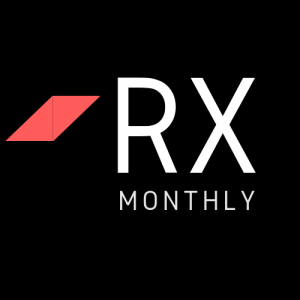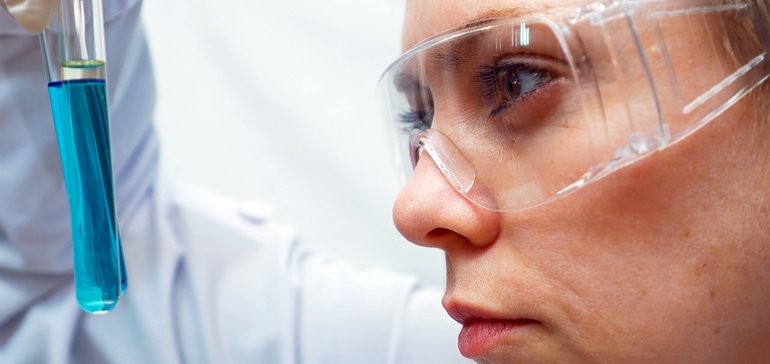Deloitte’s annual report on R&D productivity, while limited in scope, is an indicator of the challenges faced by large pharmaceutical firms in bringing new molecules to market.
Simply put, the consultancy measures returns on R&D investment by calculating the amount spent to develop an asset through to launch and an estimate of the future revenue forecast to be generated from those drug candidates.
Rising costs coupled with declining sales forecasts has resulted in steady decline in return on investment.
Credit: Deloitte, “Unlocking R&D Productivity”
According to Deloitte, the average cost to develop a drug among the 12 large-cap pharmaceutical firms included in the original analysis has risen to total just over $2.1 billion — in line with estimates from groups like the Tufts Center for the Study of Drug Development.
That figure, however, includes the cost of capital (or opportunity cost) to drugmakers’ investment in R&D and has been disputed by others, including in an analysis in JAMA last year of 10 cancer drugs that cast the figure as a fraction of that. Some critics say pharmas inflate the costs to justify higher prices.
By Deloitte’s analysis, forecast peak sales per late-stage asset have declined to $407 million, down from $816 million in 2010.
Part of the year-to-year drop between 2017 and 2018 stems from late-stage candidates securing approval, thereby moving the predicted future sales associated with those drugs out of Deloitte’s calculations and weighing on the calculated internal rate of return.
Yet while that’s a methodological factor, Deloitte argues it reflects an inability of drugmakers to fully replace assets moving to commercial with earlier-stage assets entering later-stage development.
Deloitte’s figures, taken from 2010 to 2018, could suggest a broader rethink of how the industry conducts R&D is needed.
“The continually increasing cost of R&D reflects increasing portfolio complexity, the shift toward personalised medicine and the need to generate evidence to support diverse global regulatory and reimbursement requirements,” the researchers wrote in their report.
“Adapting to these new market demands using traditional approaches and ways of working is not sufficient to reverse the declining trend in IRR, pointing to the need for a transformational change in the way R&D is conducted,” they concluded.
That’s easier said than done. Drugmakers across the industry have sought to do just that, leading to the launch of numerous reorganizations, reprioritizations and restructurings in the years since 2010.
More recently, companies like GlaxoSmithKline, Allergan and AstraZeneca have narrowed their research focus to core therapeutic areas — a trend aimed at allocating resources to those assets with the greatest chance of success.
Deloitte suggests a greater focus on automation, data processing and partnerships outside of biopharma could be potential solutions to lifting productivity.
And while Deloitte’s report is a gloomy one for pharma, the outlook for smaller biotechs looks brighter. Among four mid-sized drugmakers included in an expansion cohort of Deloitte’s analysis, the average rate of return stood at a more respectable 9.3% in 2018.








